Hints to Metadata Success
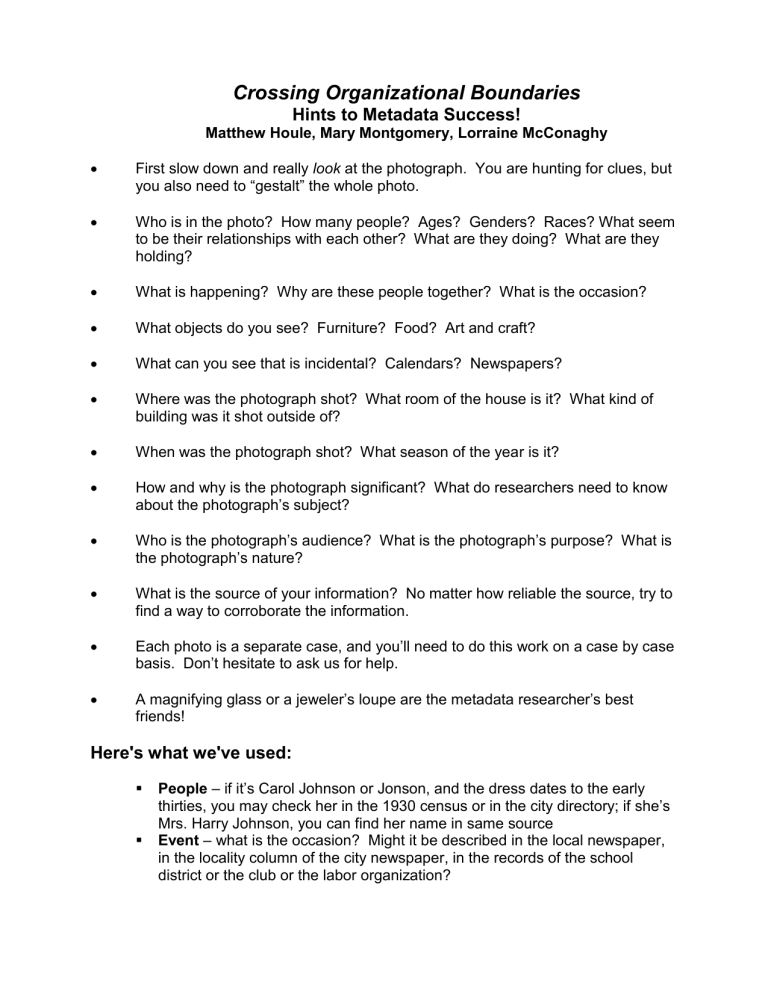
Crossing Organizational Boundaries
Hints to Metadata Success!
Matthew Houle, Mary Montgomery, Lorraine McConaghy
First slow down and really look at the photograph. You are hunting for clues, but you also need to “gestalt” the whole photo.
Who is in the photo? How many people? Ages? Genders? Races? What seem to be their relationships with each other? What are they doing? What are they holding?
What is happening? Why are these people together? What is the occasion?
What objects do you see? Furniture? Food? Art and craft?
What can you see that is incidental? Calendars? Newspapers?
Where was the photograph shot? What room of the house is it? What kind of building was it shot outside of?
When was the photograph shot? What season of the year is it?
How and why is the photograph significant? What do researchers need to know about the photograph’s subject?
Who is the photograph’s audience? What is the photograph’s purpose? What is the photograph’s nature?
What is the source of your information? No matter how reliable the source, try to find a way to corroborate the information.
Each photo is a separate case, and you’ll need to do this work on a case by case basis. Don’t hesitate to ask us for help.
A magnifying glass or a jeweler’s loupe are the metadata researcher’s best friends!
Here's what we've used:
People
– if it’s Carol Johnson or Jonson, and the dress dates to the early thirties, you may check her in the 1930 census or in the city directory; if she’s
Mrs. Harry Johnson, you can find her name in same source
Event
– what is the occasion? Might it be described in the local newspaper, in the locality column of the city newspaper, in the records of the school district or the club or the labor organization?
Cars & trucks
– look for license plates. Sometimes you can magnify them enough to read a date. And look for makes and models
– if you can tell that it’s a Ford, for instance, the Ford Heritage site can help you pinpoint the car.
Matthew Houle also recommends searching for cars and trucks in http://www.hemmings.com.
Clothing – men's clothing is more problematic, but women's clothing can be a good clue. Look for sleeve shape and skirt length especially - shorter skirts start post WWI, for example.
Furniture and home accessories – Sears and other catalogs can be a big help. Some are available on microfilm. You may want to look at women’s or home decorating magazines. o Also look in the image for calendars. If you're lucky, you may get a year and even a month.
Language – are there words in the photograph that aren’t in English? You can find translators through the Interest Groups of the Seattle Genealogical
Society, who speak and read the vernacular. UW grad students can help, too.
Architecture
– check the bibliography for lots of resources.
Mass-produced products
– go out onto collectibles and enthusiast websites and take what they say with a grain of (Morton's) salt? Or go to the company website. If you see a Sunny Jim label on an item on the table, you may be able to pinpoint the year of manufacture.
Telephones, clocks, radios and “domestic technology” – try Sears catalogs and websites. And contact hobby groups – they're really into this stuff.
Newspapers – you may be able to read the date, and the newspaper title may tell you where the photo was shot or where the person holding the newspaper is from.
Street signs, house numbers, building names, business names
– check them against city directories. o I was able to narrow a date range for an otherwise un-mentioned move of the Pioneer Square totem pole by comparing the businesses on the block shown behind the pole with their addresses in the directories, looking to see where I got the most "hits."
Geography
– Sometimes the "lay of the land" can help – can you see a body of water out the window? Is there a steamer on it? Can you see how big it is?
Theater marquees and event posters – Check the play or movie name – or circus or presidential visit
– against information in theater programs or newspapers.
Related images – If you can't find anything promising in the image in question, look at any taken by the photographer during the same shoot and see if they have any clues.
Current events – Look for uniforms, campaign signs, street/building decorations, public gatherings.


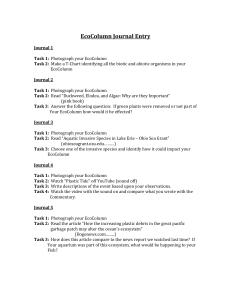
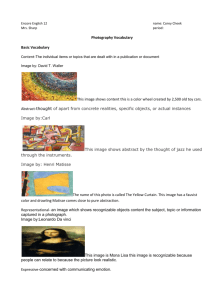
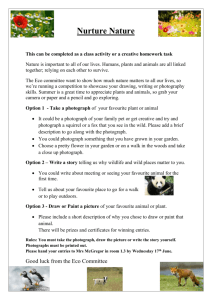
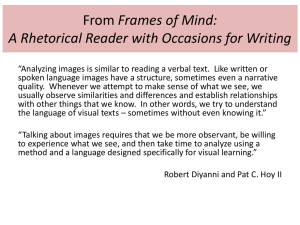
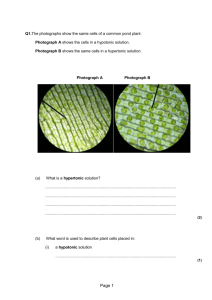
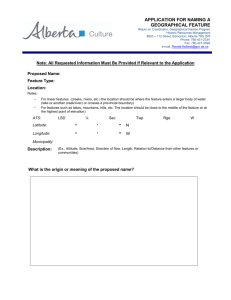
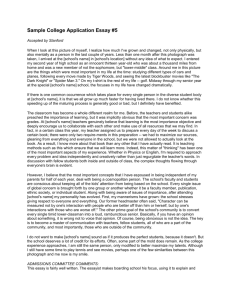
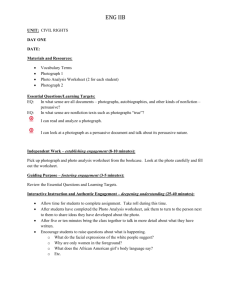
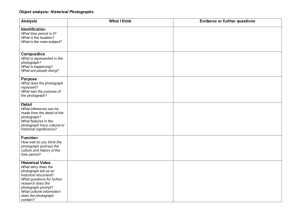
![WIPO-CAPS/IP/BEI/05/WWW[54899]: Taking Photos of Copyright](http://s3.studylib.net/store/data/007786433_2-f40f0fa4c7bfa4bcb7fb8505bd6b07ad-300x300.png)